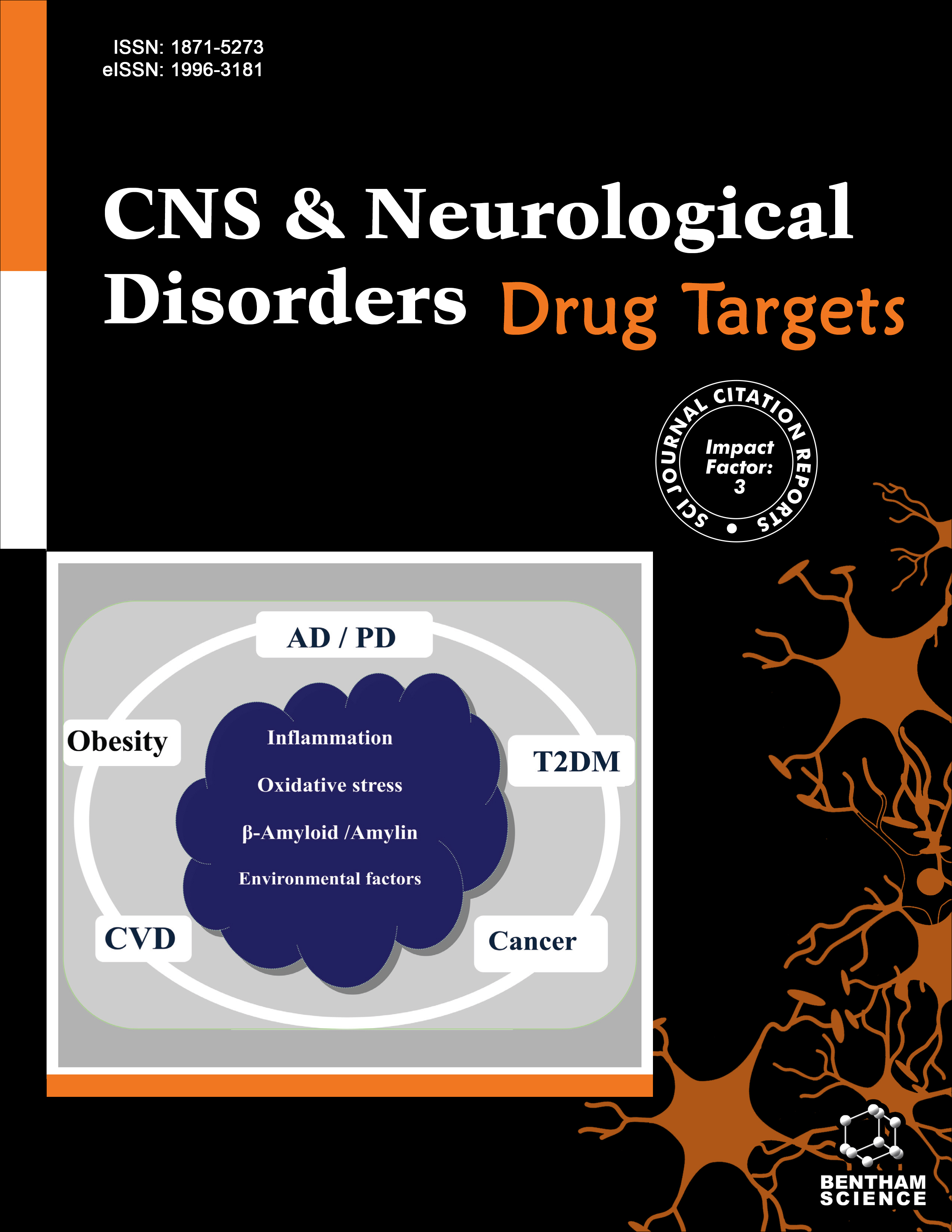
Full text loading...
Alzheimer’s disease is an ailment that is linked with the degeneration of the brain cells, and this illness is the main cause of dementia. Metabolic stress affects the activity of the brain in AD via FOXO signaling. The occurrence of AD will significantly surge as the world’s population ages, along with lifestyle changes perceived in current decades, indicating a main contributor to such augmented prevalence. Similarly, metabolic disorders of current adulthood, such as obesity, stroke, and diabetes mellitus, have been observed as the risk-causing factors of AD. Environmental influences induce genetic mutations that result in the development of several diseases. Metabolic disorders develop when individuals are exposed to an environment where food is easily accessible and requires minimal energy expenditure. Obesity and diabetes are among the most significant worldwide health concerns. Obesity arises because of an imbalance between the amount of energy consumed and the amount of energy expended, which is caused by both behavioral and physiological factors. Obesity, insulin resistance syndrome, hypertension, and inflammation are factors that contribute to the worldwide risk of developing diabetes mellitus and neurodegenerative diseases. FOXO transcription factors are preserved molecules that play an important part in assorted biological progressions, precisely in aging as well as metabolism. Apoptosis, cell division and differentiation, oxidative stress, metabolism, and lifespan are among the physiological processes that the FOXO proteins are adept at controlling. In this review, we explored the correlation between signaling pathways and the cellular functions of FOXO proteins. We have also summarized the intricate role of FOXO in AD, with a focus on metabolic stress, and discussed the prospect of FOXO as a molecular link between AD and metabolic disorders.

Article metrics loading...

Full text loading...
References


Data & Media loading...

